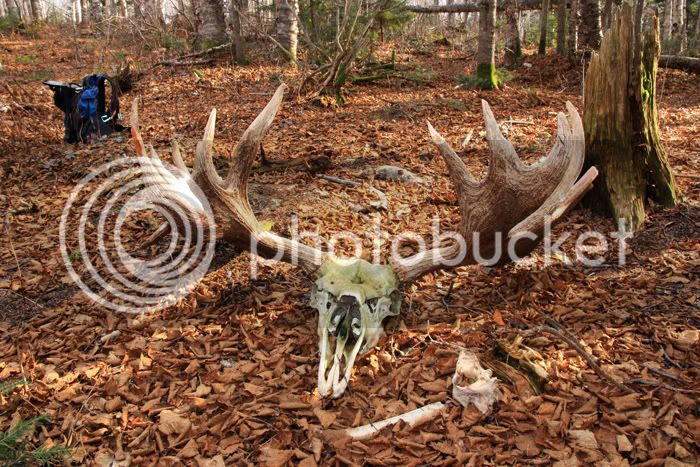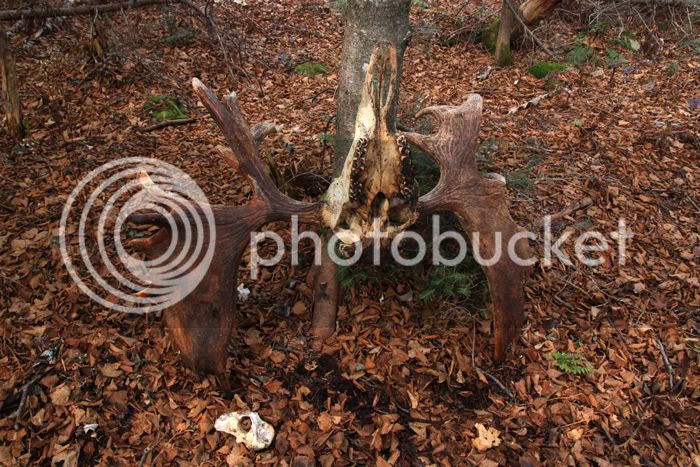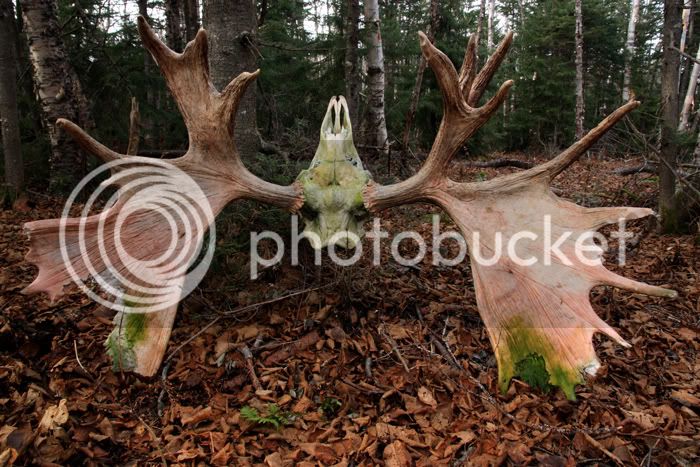sardog1
New member
- Joined
- Nov 8, 2003
- Messages
- 2,579
- Reaction score
- 231
How different is the genetic make up of coyotes vs. wolves? My understanding is that when the mate together they do have fertile off spring (same with domestic dogs)
As it happens, a fascinating study of coyote and wolf genetics has just been published this past summer, and it's available for free:
"Genetic Characterization of Hybrid Wolves across Ontario"
This article and others in the same vein that were published earlier are going to turn management of wolves and coyotes upside down in the northeastern U.S. and eastern Canada.



